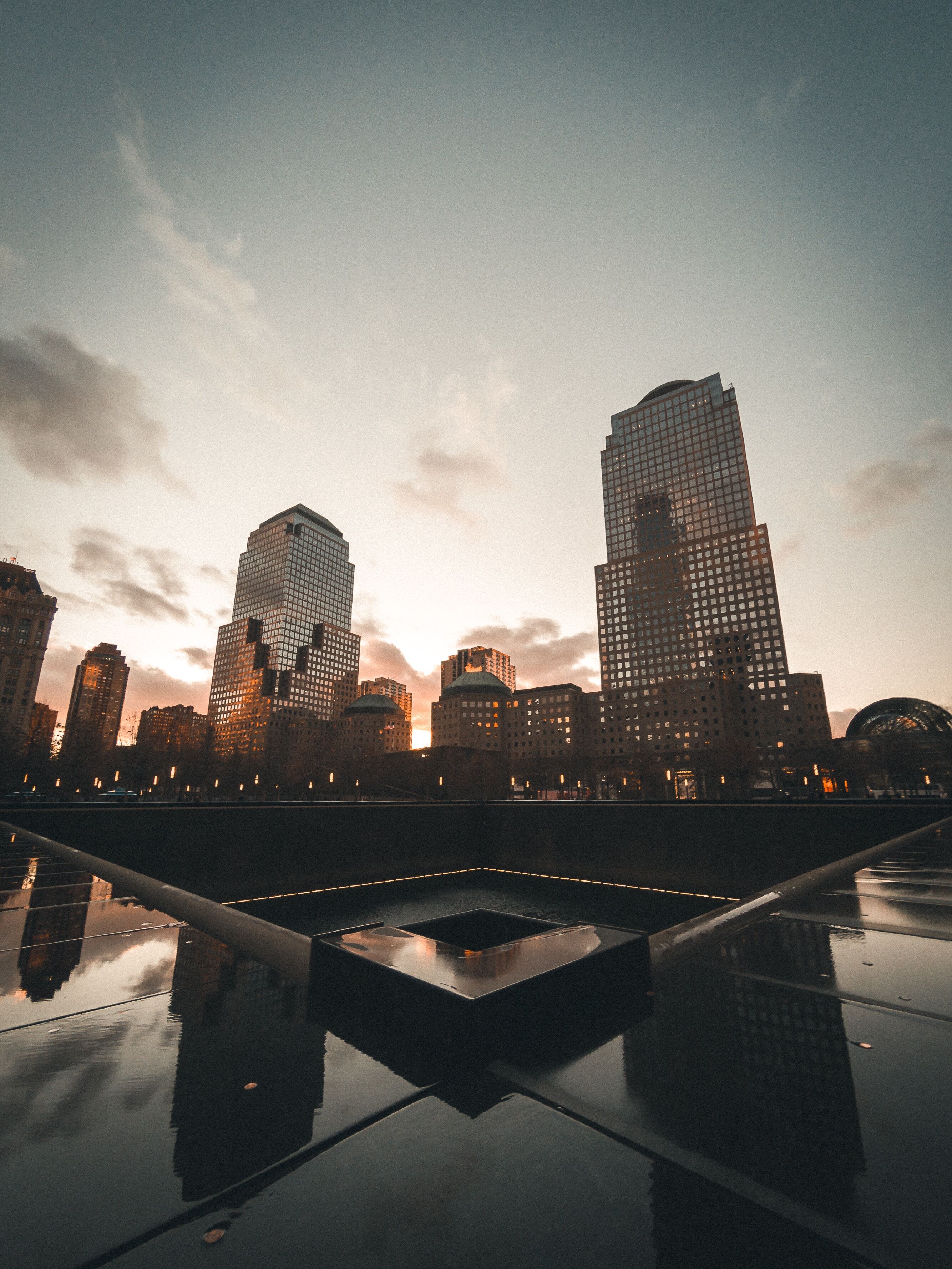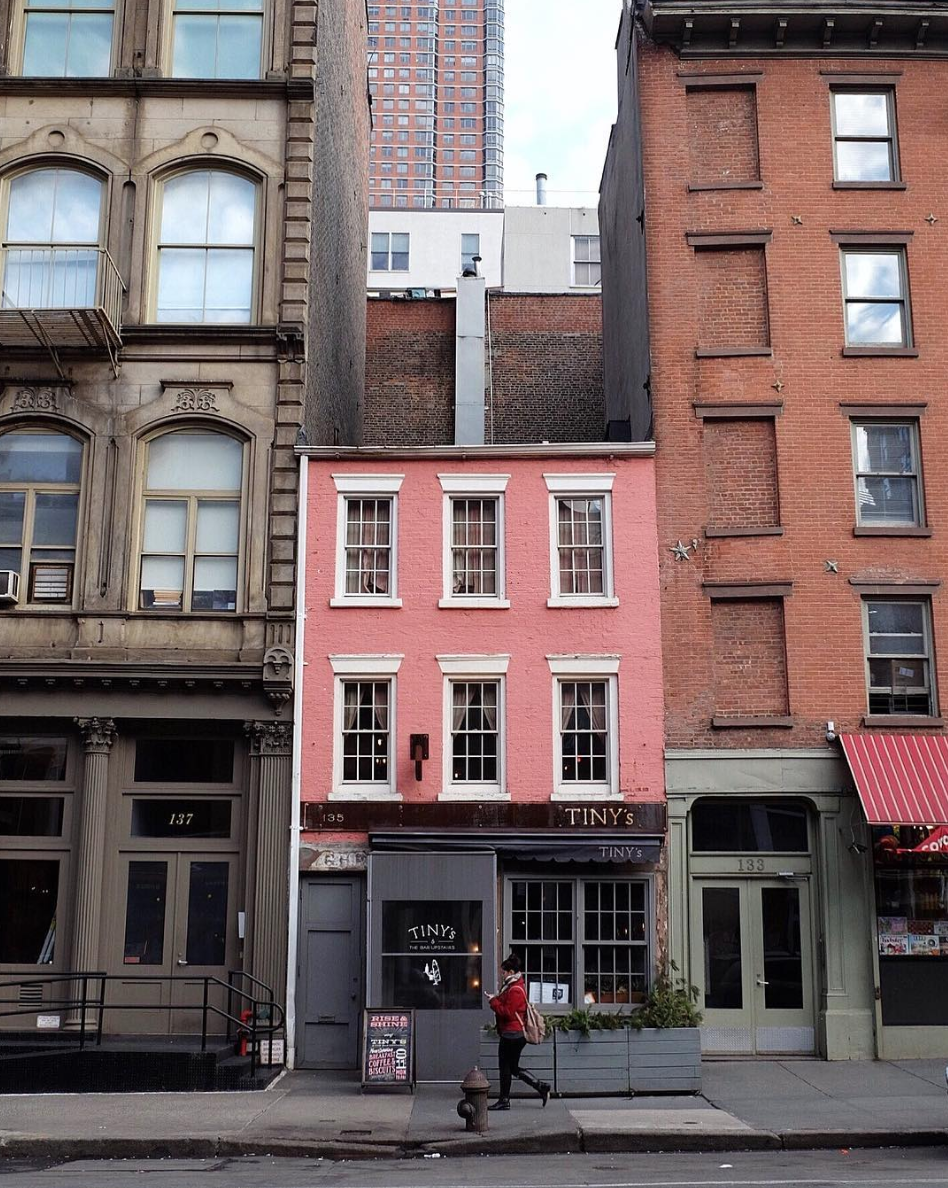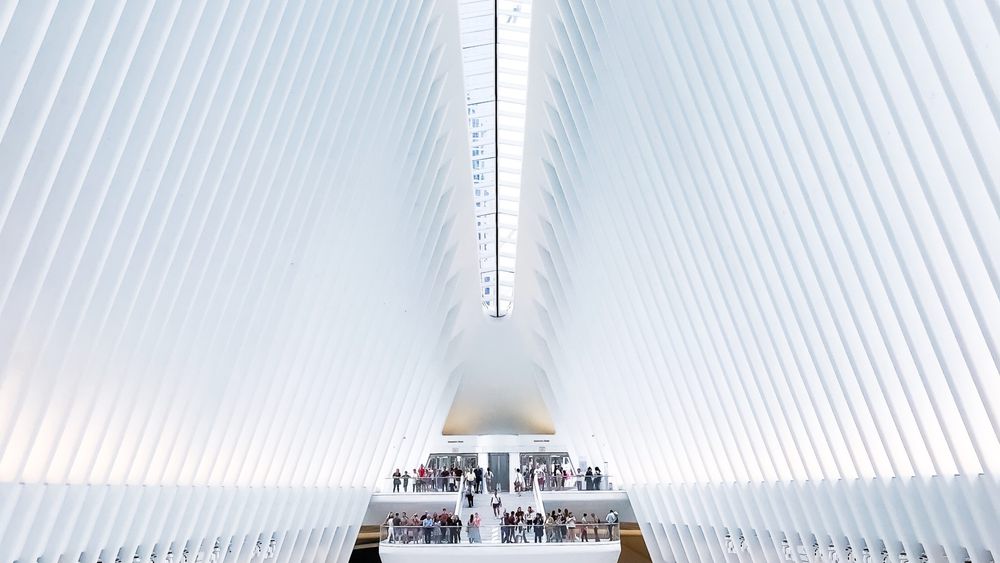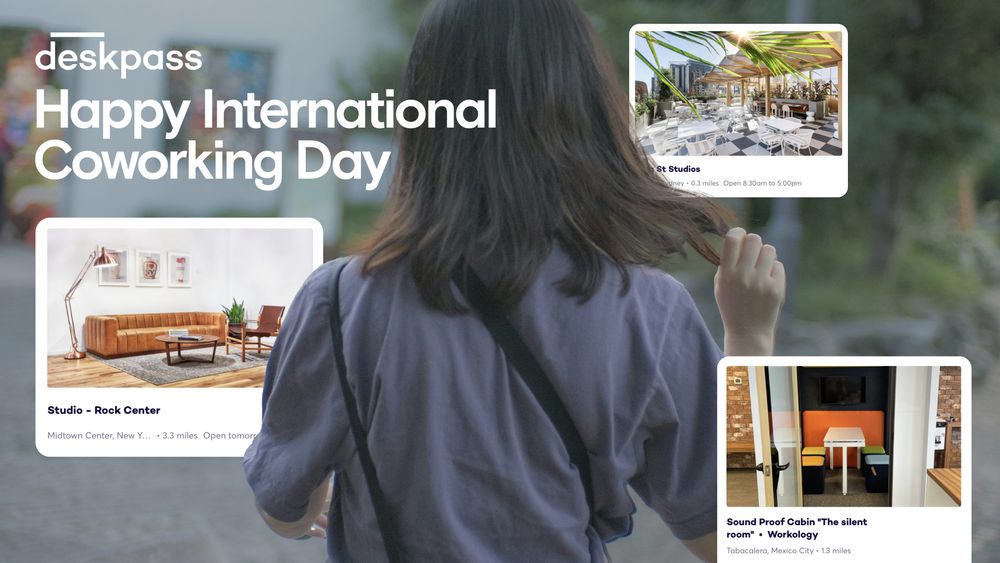If the Financial District had an astrological sign, it’d be Gemini. No offense to the two-faced sign, but the Financial District kind of has a split personality. During the day this neighborhood is fast-paced, with Wall Street workers bustling to and from the office but come nightfall, it’s a much quieter pocket of lower Manhattan.
There are several coworking spaces in the Financial District, making it a smart place to set up for the day. Make sure to take a break though, as the area has some of New York’s most significant historic sites and varied architecture.
On one end of the spectrum, there’s Stone Street, a cobblestoned alley built by the Dutch and now lined with restaurants. In stark contrast stand the modern, high-rise buildings flanking Broadway. The seaport isn’t too far away, adding yet another layer to this varied, yet versatile neighborhood.
If you find yourself working from the Financial District one day, here are the area’s best sights.

Historic hubs: The early days saw the neighborhood transform from canals and fish markets to streets lined with restaurants, bars and boutiques.
Stone Street
As its name suggests, Stone Street features the iconic cobblestone streets of years past. Compared the majority of buildings in the Financial District, many of which are shiny and new-looking skyscrapers, Stone Street is literally a walk down memory lane.
For the history buffs among us, it’s important to note that the street dates back to 1658, when Wall Street was actually a wooden wall serving as a protective barrier. Later, it became a seedy back alley until it was restored and repaved in the 1990s and transformed into the foodie street it is today.

The Woolworth Building
While we’re on the topic of Cass Gilbert, there’s another building he designed that is well-worth checking out. It’s called The Woolworth Building and it’s an early American skyscraper situated right on Broadway Street. From 1913 to 1930 it was the tallest building in the world, reaching 792 feet. It’s now a private residential building, including a massive seven-story penthouse with a price tag of $110 million.
While you can’t tour the entire building, tours are offered throughout the week for curious minds. You’ll get to see the famous lobby and the lower level that touts a mosaic ceiling reminiscent of Byzantine architecture. From the outside, you should be able to spot the Gothic detailing at the crown of the building, as it’s large enough to see from street level.

National Museum of the American Indian
Located in a former customs house (Alexander Hamilton’s to be exact), the National Museum of the American Indian features Native American art and artifact through the years, some dating back 12,000 years. Like many museums in New York and around the world, there are a few exhibits open year-round, which include a range of music, dance performances, films and symposia.
You’ll find many artifacts inside this museum, but also take time to appreciate the building’s exterior. The custom house was built by the late architect Cass Gilbert who hailed from St. Paul, Minnesota. Construction began in 1900 and concluded seven years later, revealing a seven-story structure spanning 450,000 square feet covering three entire blocks in lower Manhattan.

New and noteworthy: Luxury condos and skyscrapers are on the rise in the Financial District, but don’t forget to take note of the area’s most prominent monuments.
9/11 memorial
It’s impossible to visit the Financial District without remembering the tragic events of September 11, 2001. The National September 11 Memorial & Museum honors the 2,977 people killed during the attack, as well as the six who were killed during the 1993 World Trade Center bombing. Architect Michael Arad and landscape architect Peter Walker created the Memorial design. They beat out 5,200 other entries from 63 different countries.
The Memorial features twin reflecting pools—a nod to the twin towers which were destroyed during the attack—that are nearly an acre in size, making them the largest manmade waterfalls in North America. The names of each person who died in the 2001 and 1993 attacks are inscribed into bronze panels by the pools. The Memorial Plaza also boasts a sustainable ecosystem; the irrigation system conserve energy, water and other resources.

World Center Station (aka, The Oculus)
Unlike most New York City subway stations, the $4 billion Oculus station house is sleek and futuristic. Designed by Santiago Calatrava, the station consists of white ribs that interlock at the top of the structure. Not only does the Oculus connect 11 different subway lines, it’s also a hub for retail shopping. Taking the place of the PATH station which was destroyed during the 9/11 attacks, the Oculus spans 800,000 square feet. The transit hall alone is about 90 feet longer than the one at Grand Central Terminal.

Fearless Girl
Before getting to Fearless Girl, we have to mention Charging Bull. Weighing in a 7,000 pounds and standing at 11-feet and 18-feet long, the statue appeared rather mysteriously in front of the New York Stock Exchange on December 15, 1989 (later moved to a pedestrian island in Bowling Green). Italian sculpture, Maestro Arturo DiModica, was inspired by the spirit of the American people who rallied around each other following the stock market crash of 1987.
Fast forward to March 2017 and we have Fearless Girl. The statue, which has now been moved to the New York Stock Exchange originally faced the bull head on. Many consider the statue to symbolize female empowerment, especially when serving as an opponent to the more masculine charging bull. The bronze ponytailed girl with hands on hips has become a beloved art piece not only throughout New York but around the world. Created by Kristen Visbal, quickly became a symbol of the gender-equality movement.

Bars with a backstory: These bars are either housed in super old buildings or have been around for 100+ years.
Tiny’s and the Bar Upstairs
This ‘tiny’ bar is housed inside a three-story townhouse in a building dating back to 1810. Many of the original materials have been restored and the space itself is decorated with pieces more than 100 years old. Then there are the original tin ceilings, salvaged wood paneling, hand-made tile and two-tone antique wallpaper to take note of.

The White Horse Tavern
Bridge Street is one of the oldest blocks in the neighborhood, dating back to the 17th century Dutch settlement. In 1641 a fur trader named Philip Geraerdy opened up the Wooden Horse Tavern; a couple years later it was changed to White Horse Tavern. The current building is from the 19th century and features architecture from New York’s mercantile era.

Fraunces Tavern
This particular tavern has been open since 1762, which is quite a feat for any New York establishment. It’s been renovated nicely though, so you might not even notice that it’s so old from the outside. Today, it’s both a landmark museum and restaurant. Whiskey drinkers are especially fond of this local watering hole, thanks to a selection of 200-plus whiskeys.

Using Deskpass for the day? Here are 2 spaces to try:
Bond 55 Broadway
This is one of the more popular coworking spaces we work with here at Deskpass and for good reason. Bond 55 Broadway has a new 4th floor and it’s pretty sick. There’s a 20+ person conference room, a mother’s room and even showers. The entire space is also pet friendly and has insanely fast wifi—two very important perks.
Primary
With a ‘design first and foremost’ approach, you’ll find that Primary is effortlessly Instagrammable. It also actively incorporates and encourages wellness. In addition to healthy snacks and drinks at their cafe, there’s also a studio where top instructors are brought in to teach various classes such as Yoga.



